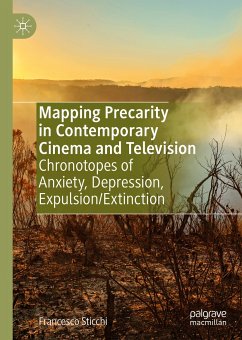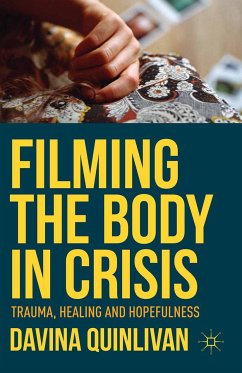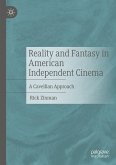This book examines a corpus of films and TV series released since the global financial crisis, addressing them as emblematic expressions of our age of precarity. The analysis of the motifs and characters of these case studies is built around notions originating from Mikhail Bakhtin's literary theory and, in particular, the concept of chronotope, affirming the material and dynamic connection between form and content in artistic experience. This book observes how precarious lives are enacted in forms of spatio-temporal compositions which carry conceptual and ethical challenges for their viewers. This book falls within the film-philosophy framework and, although primarily directed to an academic audience, it provides an interdisciplinary account of the notion of cinematic precarity. It puts the embodied analysis of viewers' ethical participation in close dialogical relationship with a philosophical and sociological examination of current dynamics of inequality and exclusion.
Dieser Download kann aus rechtlichen Gründen nur mit Rechnungsadresse in A, B, BG, CY, CZ, D, DK, EW, E, FIN, F, GR, HR, H, IRL, I, LT, L, LR, M, NL, PL, P, R, S, SLO, SK ausgeliefert werden.
Hinweis: Dieser Artikel kann nur an eine deutsche Lieferadresse ausgeliefert werden.









